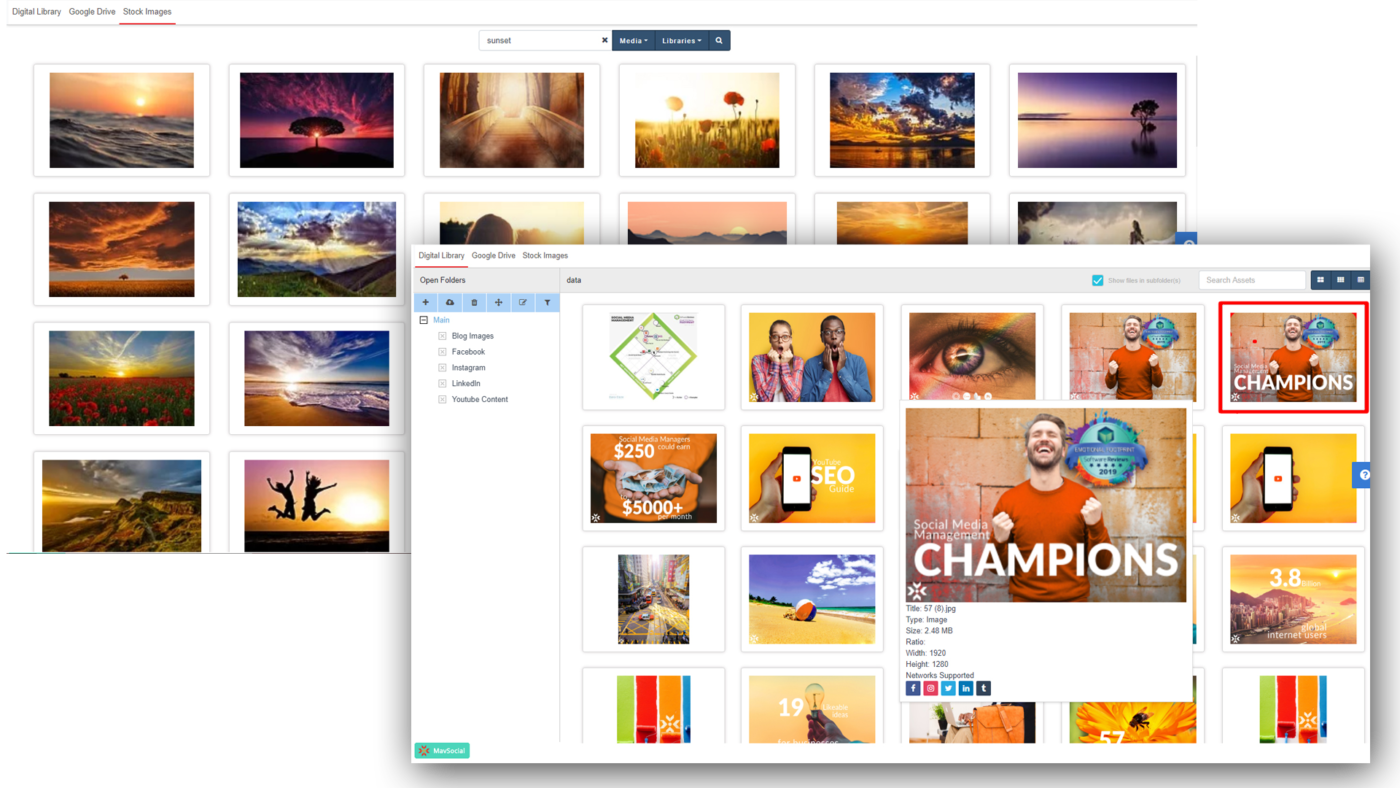Curating content means pulling ideas and links from related articles across the web and creating one summary-type article, and it’s becoming a popular practice amongst businesses. Search Engine Land’s SearchCap is an excellent example of an “article” that is actually a piece of curated content. This is a great practice for several reasons:
- It’s an easy way to create a piece that is new and unique without having to put in quite as much work as a traditional article.
- You get to mention others in your community and give them some visibility on your site, which should hopefully strengthen your relationship and help you earn a similar spot on their website in the future.
- It’s all about giving your readers different options and resources on topics you might not be too sure about yourself (you should try to avoid topics that you can cover so you’re not sending people away from your site if you don’t have to!).
- It opens up your blog to new audiences, which should then help get your blog shared on more social channels.
Unfortunately, curating content isn’t as easy as it looks. There are a lot of things you need to pay attention to when you curate content to make sure you’re not breaking any rules, copyright or otherwise. You have to stay informed; otherwise curating content may actually do you more harm than good.
Checklist of What Not to Do When Curating Content
You can curate content on social media channels as well as your site. Make sure to buy a domain name that reflects your brand name and niche before you start promoting your site through content creation.
Before you go pulling links and snippets of articles to create your curated piece, go through this checklist of things to avoid:
1. Do not continually draw from two or three major sources.
This is a good rule of thumb for each particular curated content piece you write as well as when you look at all of your curated pieces as a whole. It’s important not to rely too much on referring to one or two sources each time because it could look like you are benefiting too heavily on that author or websites content. After all, if a website was constantly curating content and 70 percent of that content was yours every time, isn’t there a chance they could be profiting off of all the hard work that you’ve done?
The best thing to do is always mention a good variety of different sources, even startup companies that are putting out quality content. Not only is this a more ethical approach, but it’s more interesting for your readers.
2. Do not link back to a source that is another curator and not the original author.
Always make sure when you’re giving credit back to the original source—and you should always give credit back to the original source—that you’re actually linking back to where that content came from first. It might sound obvious, but believe it or not quite a few websites out there republish content or curate content themselves. Make 100 percent sure that you’re not linking to another website that also curated content.
3. Do not only rely on content and quotes found in the article.
Sometimes when websites curate content they take a quote from the article as a summary to put next to the link they mention. While this is an OK practice, it shouldn’t be the only content that you put on the page. Part of content curation is creating your own, original content and simply using the other link/content as a starting point. Explain in your own words what the article is about as well as your opinion of the article. This gives readers something new to read and helps you avoid any type of copyright infringement or duplicate content issues.
4. Do not use nofollow links if you’re going to curate content.
You shouldn’t do this simply because it’s rude and unethical. If you’re using someone’s content in order to improve the quality of your piece, that person deserves credit. Using a dofollow link means that where the content was originally published with get SEO link juice, which can help that piece do well in Google rankings.
5. Do not curate content more than you create it.
It sounds obvious and this one is slightly different than the others, but it’s a good reminder. You always want to make sure you are producing your own content frequently and only creating curated pieces once every few weeks (depending on how often you post original content).
In the end, curating content really isn’t too difficult to understand, you just have to take a few precautions when you first get started. Curating content is only becoming more important, so what is acceptable and not acceptable could easily change in the future, so try and keep up with the latest copyright laws here and learn by example.
Are there any points that we’ve forgotten? Let us know in the comments below.
